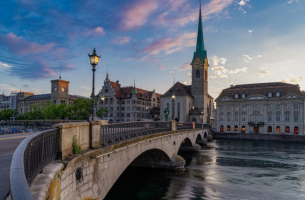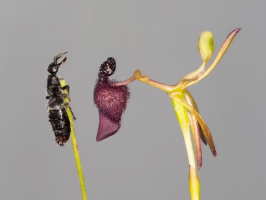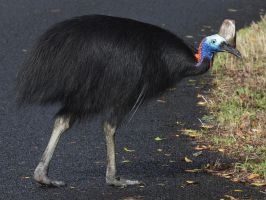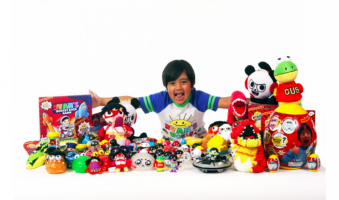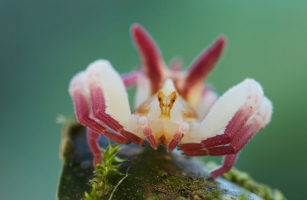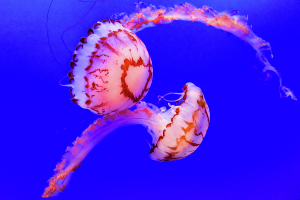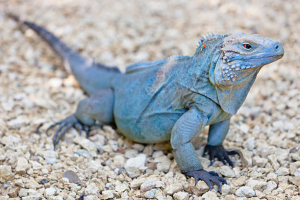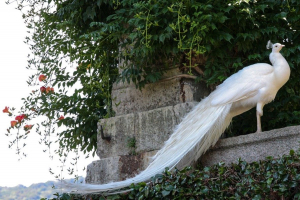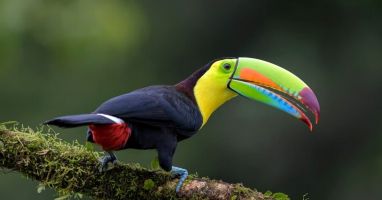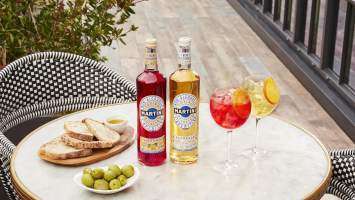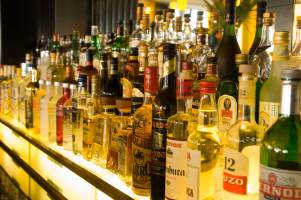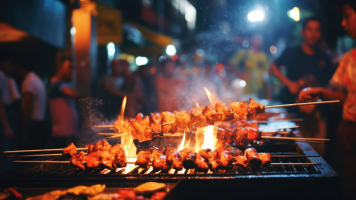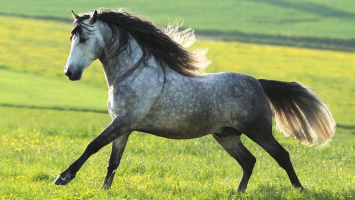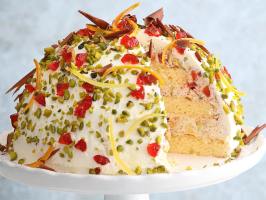Top 10 World's Most Popular Beverages
Beverages play an important role in many aspects of modern life and people's most memorable night outs. They keep you hydrated, light up your parties, and ... read more...leave you happy and satisfied knowing that refreshment, bravado, and rejuvenation are all just a drink away. A glass of beer can settle an argument with your best friend, and a well-served glass of wine can elevate your dinner plans. So, let's discover the world's most popular beverages with Toplist.
-
Darjeeling is the top Indian tea, and black tea, in general, is perhaps the most famous tea in the world. In comparison to the bold and robust flavor of other black teas, it has a light, nutty flavor. Black tea is the most processed tea, having been harvested, withered, rolled, oxidized, and dried. Its color is caused by enzymes reacting with oxygen after being exposed during the rolling process. Darjeeling, despite its name, is a light-colored black tea with a pleasant floral aroma.
Darjeeling tea can only be found in West Bengal, earning it the moniker "champagne of teas". It is harvested over the spring and summer months in successive "flushes", each of which adds a different level of flavor to the tea. The tea is available in restaurants, tea shops, and cafes all over the world. The tea's enormous popularity hasn't made it any less revered. It is without a doubt the best-tasting black tea in the world.
Darjeeling is the most popular tea in the world because it is appropriate for any occasion. It is neither overpowering nor underpowering, and the aftertaste is mild. While there may be the occasional weak strain, it is a reliable companion at any time of day due to its soothing aroma and delicate flavor. If you haven't tried Darjeeling tea yet, go out and get yourself a cup today.
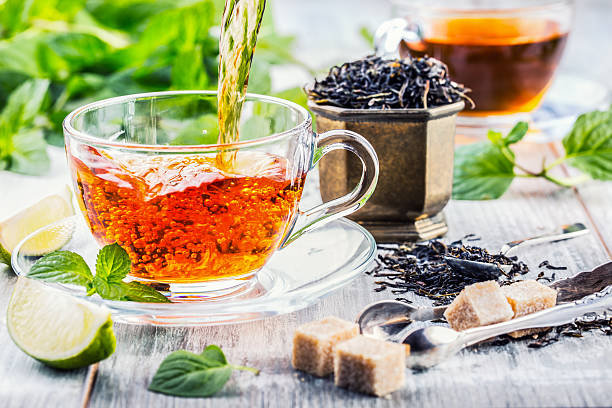
Darjeeling Tea 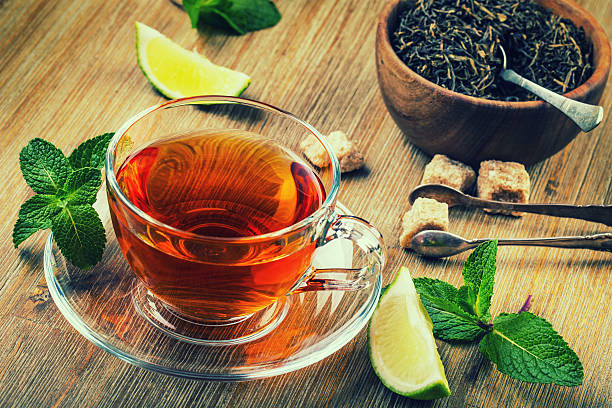
Darjeeling Tea -
Espresso is an Italian coffee-brewing method in which a small amount of nearly boiling water is forced through finely-ground coffee beans under 9–10 bars of pressure. Espresso coffee can be made from a wide range of coffee beans and roast levels. Espresso is the most widely used method of brewing coffee in southern Europe, particularly in Italy, France, Spain, and Portugal. It is also well-liked in Switzerland, Croatia, Bulgaria, and Greece, as well as in Australia.
Espresso has the viscosity of warm honey and is generally thicker than other methods of brewing coffee. This is because of the increased concentration of suspended and dissolved solids, as well as the crema on top (a foam with a creamy consistency). The flavors and chemicals in a typical cup of espresso are very concentrated as a result of the pressurized brewing process.
The three dispersed phases in espresso are what distinguishes this beverage. The first dispersed phase is an oil droplet emulsion. The second phase is made up of suspended solids, and the third is made up of a layer of gas bubbles or foam. The mouth perceives the dispersion of very small oil droplets as creamy. This aspect of espresso contributes to what is known as the beverage's body. Some of the aromatic compounds that are lost to the air in other coffee forms are preserved by these oil droplets. This helps to preserve the espresso's strong coffee flavor. Espresso is also the base for many coffee drinks, including latte, cappuccino, macchiato, mocha, flat white, and Americano.
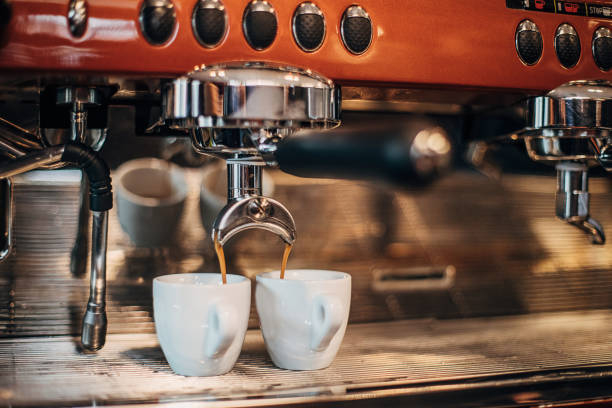
Coffee 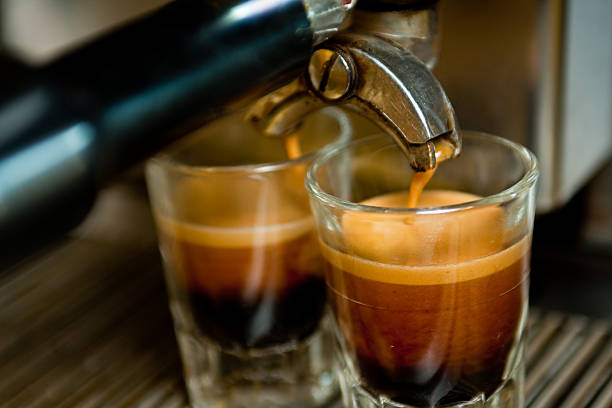
Coffee -
Beer is an alcoholic beverage made by saccharifying starch and fermenting the resulting sugar. Malted cereal grains, most notably malted barley and malted wheat, are frequently used to produce starch and saccharification enzymes. Bear has long been regarded as one of the world's most popular alcoholic beverages. Whether it's a Super Bowl party, a bar night, or simply hanging out in the backyard with a simple barbecue. It's inexpensive and quite refreshing when cold. It's a popular bar drink that's consumed almost every night.
Beer, not crude oil, is the true liquid gold. Beer is consumed by millions of people worldwide, so it's no surprise that it ranks so high on a list of the most popular beverages. Beer is an alcoholic beverage that has been produced for centuries in Europe by fermenting hops, grains, and other ingredients with yeast. Beer is viewed differently in different cultures around the world. Gather a few friends, grab a few glasses, pour this incredible beverage, and let the party begin.
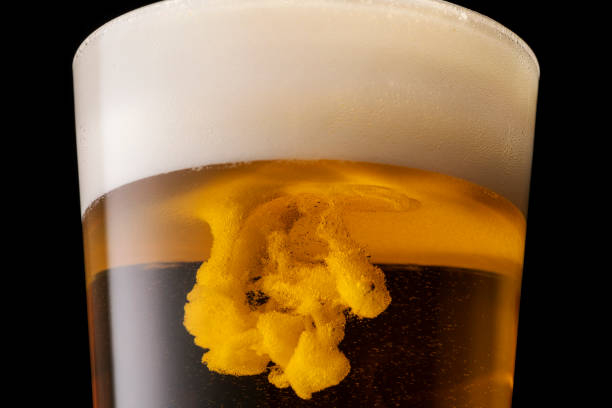
Beer 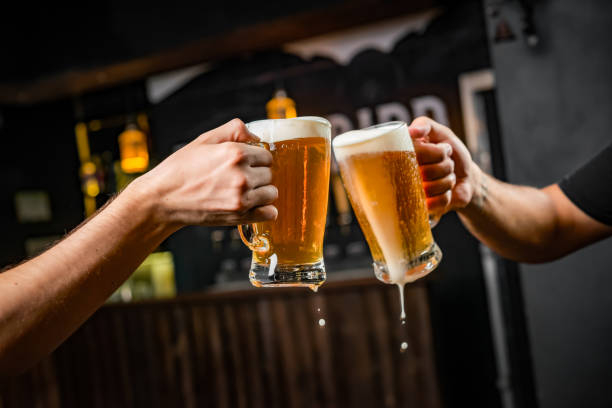
Beer -
Almond milk is a plant milk made from almonds that have a creamy texture and a nutty flavor, though some types or brands are flavored to taste like cow's milk. It contains no cholesterol or lactose and has a low saturated fat content. Almond milk is popular among lactose-intolerant people and those who avoid dairy products, such as vegans. Commercial almond milk is available in sweetened, unsweetened, vanilla, and chocolate flavors, and is often fortified with micronutrients. It is also possible to make it at home with a blender, almonds, and water.
Almond milk is one of the most popular almond products because it is lactose-free, which is a very important feature. Almond milk is a healthy and tasty alternative to traditional dairy drinks for people who are lactose intolerant. Others adore its sweet, nutty flavor. Almond milk can be consumed on its own or used in recipes that call for animal milk. Aside from its delicious taste, almond milk has a slew of health benefits.
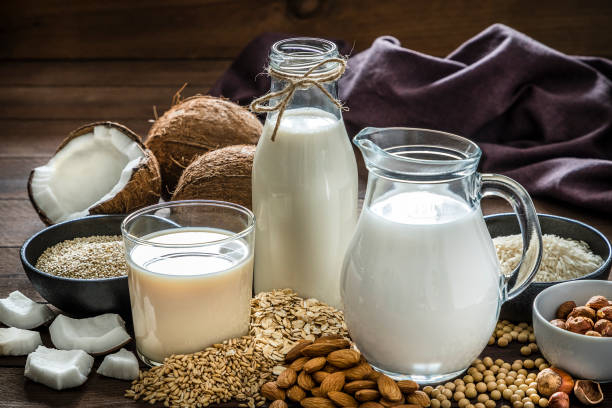
Almond milk 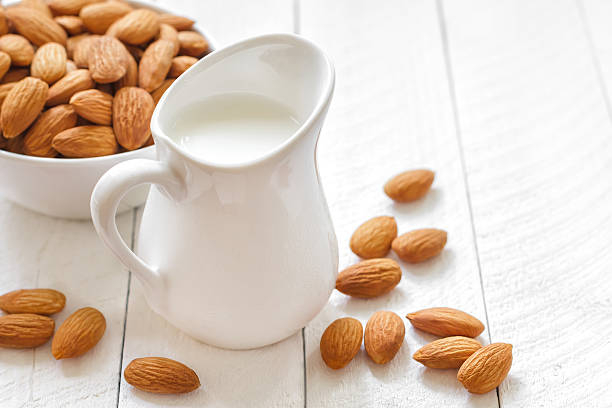
Almond milk -
A glass of orange juice is like a glass of sunshine. The United States continues to be the largest consumer of orange juice. This nutritive beverage has numerous health benefits. It improves your hydration, boosts your metabolism, and makes your skin glow. Doctors also recommend drinking orange juice instead of eating whole fruits because it is easier to digest.
Orange juice is popular in many people's breakfasts because of its distinctive citrus flavor and high vitamin C content. A great blender for cocktails and a great companion to go for alcoholic drinkers. Orange juice is the most popular fruit juice in the world. Orange juice is orange juice. It is made by squeezing fresh oranges, drying and rehydrating the juice, or concentrating the juice and then adding water to the concentrate.
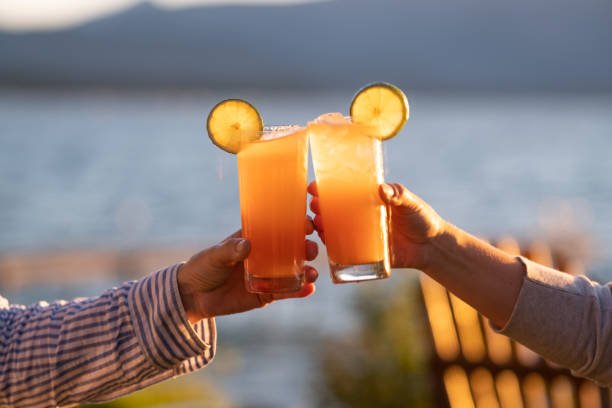
Orange Juice 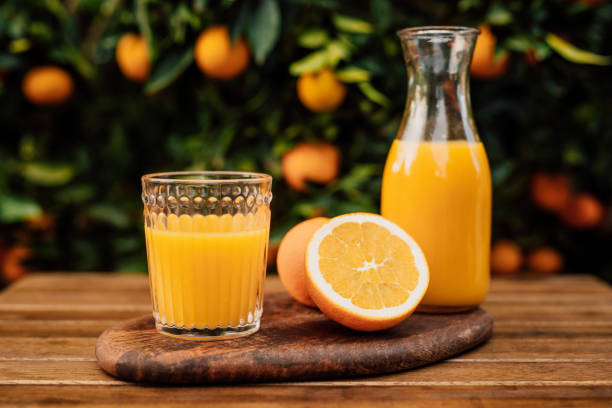
Orange Juice -
Cabernet Sauvignon is one of the most well-known red wine grape varieties in the world. It is grown in nearly every major wine-producing country, in a wide range of climates ranging from Australia and British Columbia, Canada to Lebanon's Beqaa Valley. Cabernet Sauvignon gained international recognition as a result of its prominence in Bordeaux wines, where it is frequently blended with Merlot and Cabernet Franc.
Despite its prominence in the industry, the grape is a relatively new variety, the result of a chance cross between Cabernet Franc and Sauvignon blanc in southwestern France during the 17th century. Its popularity is frequently attributed to its ease of cultivation—the grapes have thick skins and the vines are hardy and naturally low yielding, budding late to avoid frost and resistant to viticultural hazards such as rot and insects—as well as its consistent presentation of structure and flavors that express the variety's typical character. Consumers are more likely to buy Cabernet Sauvignon wines that they are familiar with, even if they are from unfamiliar wine regions. Its widespread popularity has also contributed to criticism of the grape as a "colonizer" that takes over wine regions at the expense of indigenous grape varieties.
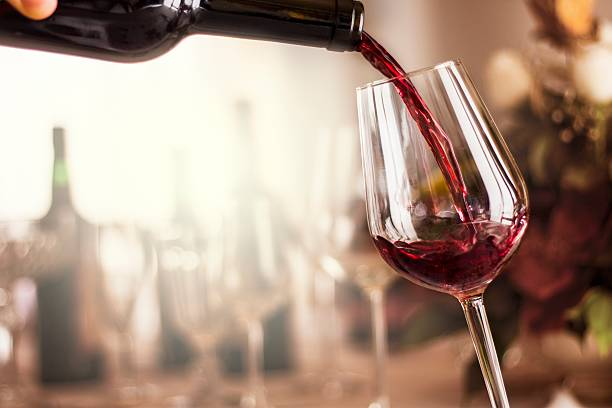
Cabernet Sauvignon wine 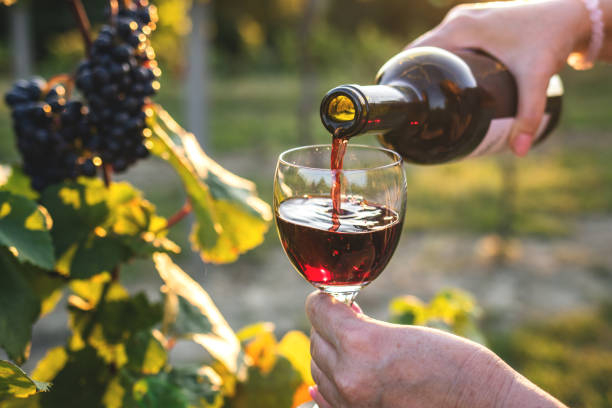
Cabernet Sauvignon wine -
Coca-Cola Classic is the world's most popular caffeinated soft drink and it is made by the Coca-Cola Company, one of the largest companies in the world. Coca-Cola, also known as coke, is a carbonated soft drink produced by The Coca-Cola Company. Originally marketed as a temperance drink and intended as a patent medicine, it was invented in the late 1800s in Atlanta, Georgia by John Stith Pemberton. In 1888, Pemberton sold Coca-ownership Cola's rights to businessman Asa Griggs Candler, whose marketing strategies propelled Coca-Cola to the dominance of the global soft-drink market throughout the twentieth and twenty-first centuries. The name of the drink alludes to two of its original ingredients: coca leaves and kola nuts (a source of caffeine). Coca-current Cola's formula is a closely guarded trade secret; however, several reported recipes and experimental recreations have been published.
The Coca-Cola Company manufactures concentrate, which is then distributed to licensed Coca-Cola bottlers around the world. The bottlers, who have exclusive territory contracts with the company, make the finished product in cans and bottles by combining the concentrate with filtered water and sweeteners. A typical 12-ounce (350 ml) can of sugar contains 38 grams (usually in the form of high-fructose corn syrup in North America). Coca-Cola is then sold, distributed, and merchandised by bottlers to retail stores, restaurants, and vending machines all over the world. The Coca-Cola Company also sells concentrate to major restaurant soda fountains and foodservice distributors.
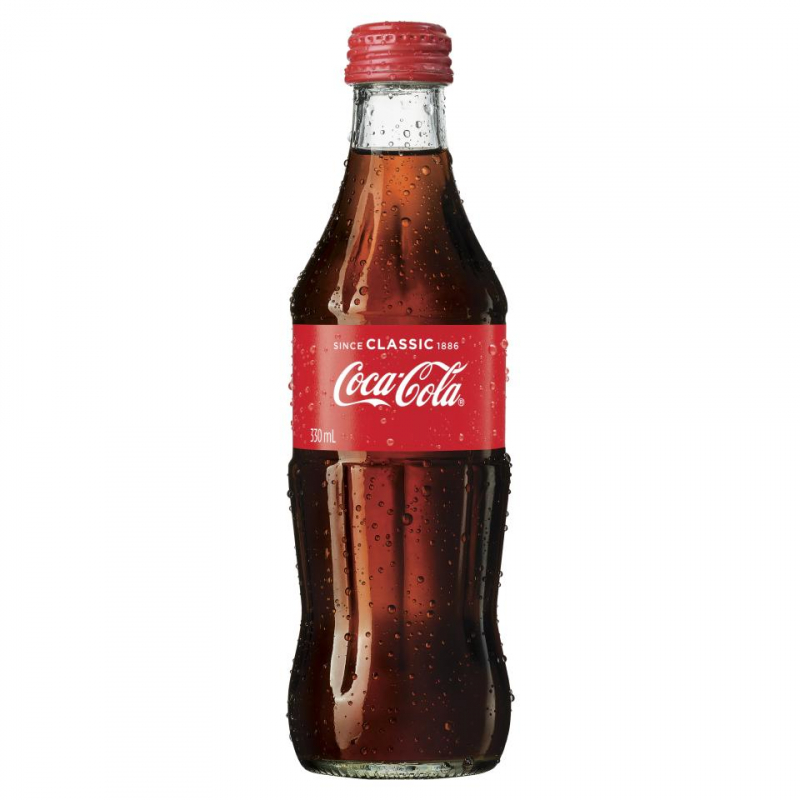
Soft Drinks 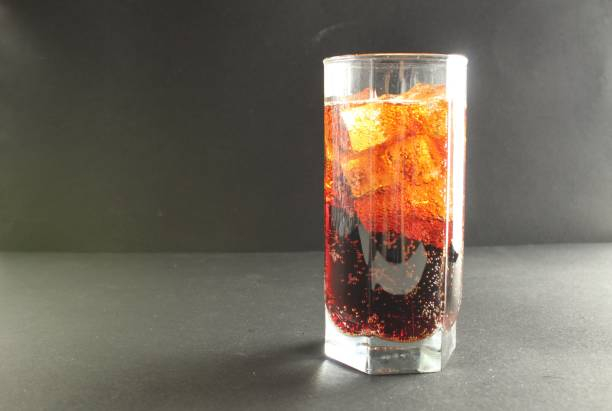
Soft Drinks -
Eastern Europe's dominant spirit is vodka. Vodka is now the most popular white spirit in the United States, thanks to its versatility as a mixer and some very clever advertising campaigns from the various producers. Vodka of any kind is a popular bar alcoholic drink, whether it's served straight up or mixed with other drinks. There are now different flavors of vodka available, such as apple and cranberry, making the alcohol more appealing to younger drinkers.
Greetings, comrades! Vodka has marched its way into the ninth position. This Russian cocktail is both a party starter and a half. That is probably why it is the world's favorite hard liquor. The most amazing aspect of vodka is its adaptability. This is primarily due to the drink's bland flavor and aroma. As a result, it is the preferred liquor for cocktails. Even the most inexperienced mixologist can create a plethora of cocktails using vodka. However, a word of caution: most of the world's alcohol-related problems can be traced back to vodka. After all, it is the most popular alcoholic beverage. So, take it easy on the vodka and be a conscientious consumer.
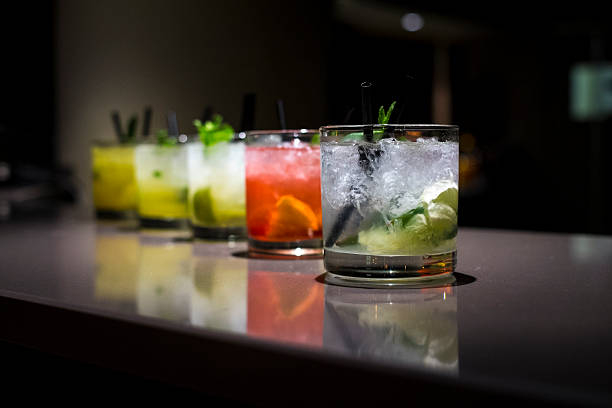
Vodka 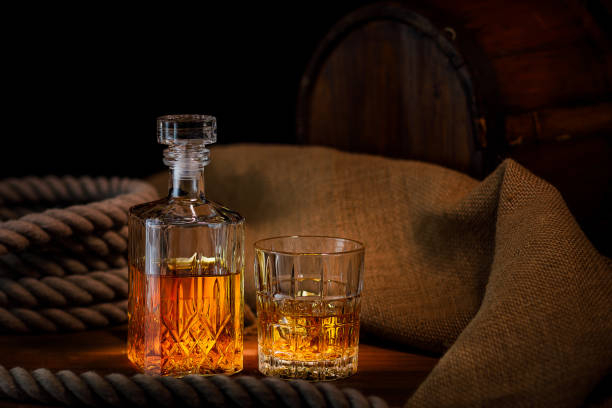
Vodka -
Lemonade is a lemon-flavored beverage that has been sweetened. Lemonade comes in a variety of flavors that can be found all over the world. Cloudy lemonade is the most popular in North America and South Asia. It's a traditionally homemade drink made with lemon juice, water, and a sweetener like cane sugar, simple syrup, or honey. A carbonated lemonade is more common in the United Kingdom, Ireland, Central Europe, and Australia. Despite the differences between the drinks, in countries where it is popular, each is simply referred to as "lemonade".
Lemonade is most likely consumed in every part of the world where limes or lemons are available. This simple concoction is simple to make and delicious to eat. On a hot summer afternoon, the mere thought of cool lemonade will quench half of your thirst. Get yourself a couple of lemons for the other half!
This drink is both nutritious and delicious. Lemons, of course, are a great source of vitamin C. So, as you sip this amazing beverage on a lean-back chair on a hot summer day, let all your worries fade away. After all, if life hands you lemons, make lemonade!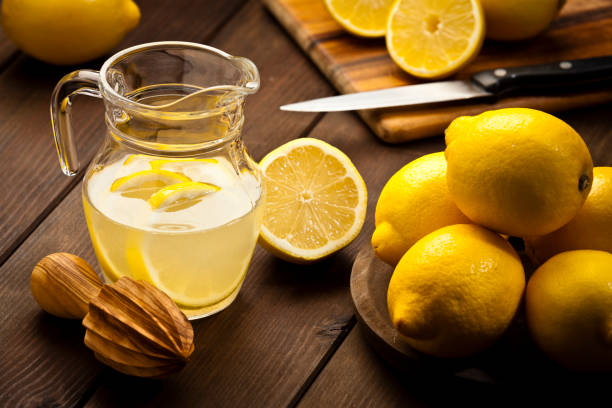
Lemonade 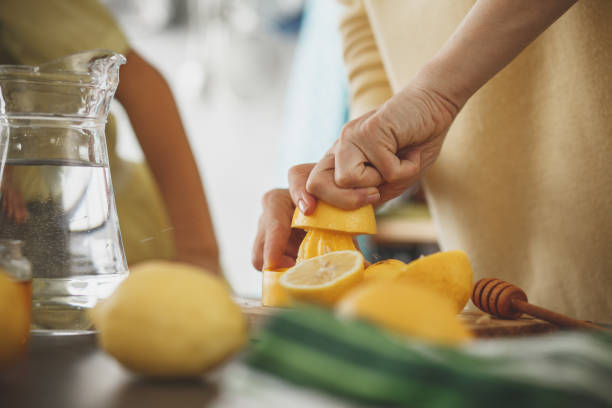
Lemonade -
Mezcal is a distilled alcoholic beverage made from maguey of any variety. Mezcal is derived from the Nahuatl word Mexicali, which means "oven-cooked agave" and is derived from metl and ixcalli. Traditionally, the term "mezcal" has been used broadly in Mexico for all maguey spirits, and it is still used for many maguey spirits, whether or not they have been legally certified as "mezcal", and it is also considered a drink of artisan origin.
Agaves, also known as magueys, are native to Mexico and can be found all over the world. More than 70% of mezcal is produced in the Mexican state of Oaxaca, but it is now produced and sold throughout the country, with a growing national and international market. It is unknown whether distilled drinks were produced in Mexico prior to the Spanish Conquest. The Spaniards were introduced to indigenous fermented beverages such as pulque, which is made from the maguey plant. The conquistadors soon began experimenting with the agave plant in order to create a distillable fermented mash. As a result, mezcal was created.
Mezcal is still made in the 21st century from the heart of the agave plant, known as the pia, in the same way, that it was 200 years ago. Mezcal is commonly consumed straight in Mexico and has a strong smoky flavor. Though other types of mezcal are not as popular as tequila (which is made exclusively from blue agave in certain regions of the country), Mexico does export the product, primarily to Japan and the United States, and exports are increasing.
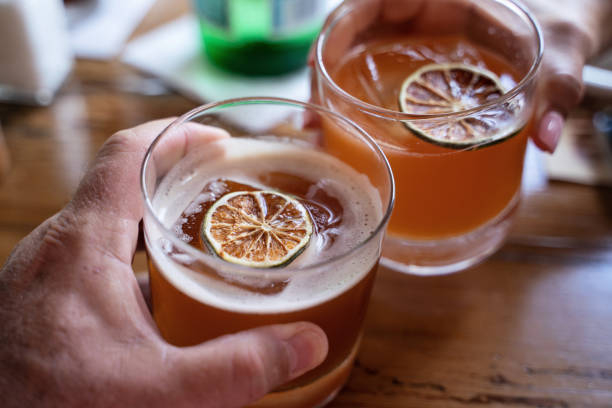
Soup 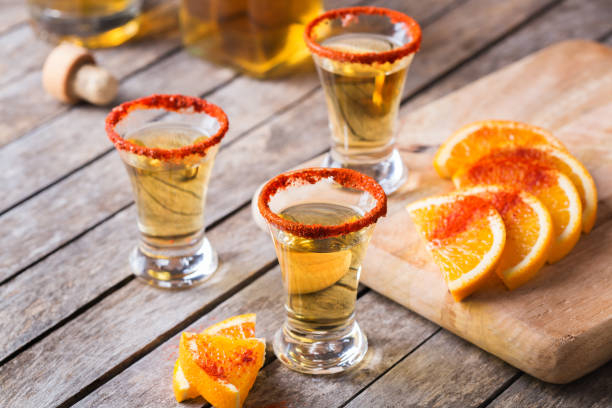
Soup













